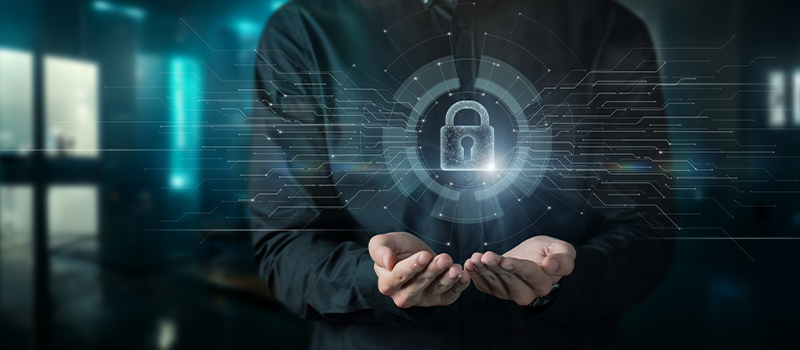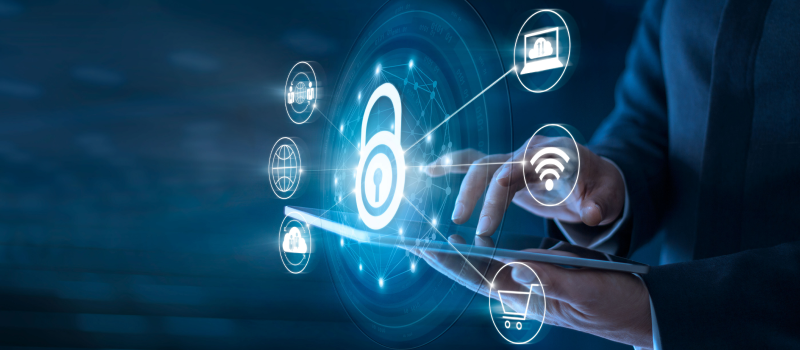
In today’s interconnected digital landscape, cyber threats continue to evolve and pose significant risks to businesses of all sizes. Ransomware, in particular, has emerged as one of the most notorious and destructive forms of cyberattacks. In this blog post, we will delve into the world of ransomware, exploring what it is, how it works, and the profound impact it can have on businesses.
What is Ransomware?
Ransomware is a malicious software designed to encrypt files on a victim’s computer or network, rendering them inaccessible until a ransom is paid. It infiltrates systems through various means, such as malicious email attachments, infected websites, or vulnerabilities in software. Once executed, ransomware quickly spreads throughout the network, encrypting files and displaying ransom notes that demand payment in exchange for the decryption key.
The Impact on Businesses:
- Financial Losses: Ransomware attacks can inflict significant financial damage on businesses. The ransom demands can range from a few hundred to millions of dollars, and even if the ransom is paid, there is no guarantee that the attackers will honor their end of the deal. Moreover, businesses often face additional costs, including incident response, system restoration, legal fees, and potential regulatory fines.
- Operational Disruption: Ransomware attacks can bring business operations to a grinding halt. When critical systems and data are encrypted, employees are unable to access vital information or perform their duties, leading to productivity losses and disruption of customer services. The downtime can have a cascading effect on revenue, customer satisfaction, and business reputation.
- Data Loss and Breach: In some cases, ransomware attacks involve exfiltrating sensitive data before encrypting it. Attackers may threaten to publish or sell the stolen data if the ransom is not paid, exposing businesses to the risk of data breaches. Data breaches can result in severe legal and reputational consequences, including lawsuits, regulatory penalties, and loss of customer trust.
- Reputational Damage: The impact of a ransomware attack extends beyond financial and operational consequences. News of a successful attack can tarnish a company’s reputation, erode customer confidence, and deter potential business partners. Rebuilding trust and restoring the company’s image can be a long and arduous process.
- Legal and Regulatory Ramifications: Depending on the industry and geographical location, businesses affected by ransomware attacks may face legal and regulatory implications. Data protection laws, such as the EU’s General Data Protection Regulation (GDPR) or the California Consumer Privacy Act (CCPA), mandate organizations to protect personal data adequately. Failure to comply with these regulations can result in substantial fines and legal repercussions.
Mitigating the Impact:
While the threat of ransomware is persistent, businesses can take proactive steps to mitigate its impact:
- Regular Data Backups: Maintain secure and up-to-date backups of critical data. Ensure backups are stored separately from the main network and regularly test restoration processes to verify their effectiveness.
- Robust Cybersecurity Measures: Implement a multi-layered approach to cybersecurity, including firewalls, intrusion detection systems, antivirus software, and regular patch management. Utilize email filters, spam detection, and employee education to minimize the risk of infection.
- Employee Awareness and Training: Educate employees about the dangers of phishing emails, suspicious attachments, and malicious links. Promote cybersecurity best practices, such as strong password hygiene, two-factor authentication, and reporting any potential security threats promptly.
- Incident Response Planning: Develop an incident response plan that outlines the steps to be taken in the event of a ransomware attack. Define roles and responsibilities, establish communication channels, and conduct regular drills to ensure readiness.
- Regular Security Audits: Conduct comprehensive security audits and penetration









